Take it from former race-car driver Johnny Unser—checking for telltale warnings of a worn-out tire is more important than you think.
“Checking your tires is like going to the dentist,” says Unser, five-time veteran of the Indy 500. “It’s something we don’t do often enough, that we put off until we absolutely have to.”
According to the National Highway Traffic Safety Administration (NHTSA), tire failure causes around 11,000 car crashes each year. Both Unser and NHTSA recommend doing a quick tire inspection once a month to see if you need new tires.
How To Tell If You Need New Tires: What To Look For
- Bulges, gouges or cracks
When a tire deflates, it bulges at the sides. Unser says this is a sign of low tire pressure or a slow air leak. “If you see cracks in the sidewall, gouges or anything that looks odd, take it in to your dealer and have them look at it.” - Tread wear
One of the best ways to tell if you need new tires is the old-school penny test: Place a penny into the tread, with Lincoln’s head pointing down. If you can still see the top of his noggin, the tread is dangerously low. Most modern tires, however, have wear bars: bits of rubber woven into the pattern at a specific depth. “You can find the wear bars that go across the groove, and if the tread pattern is worn down to that wear bar, you need to replace your tire,” says Unser. - Tire pressure
Tires deflate at a rate of about one pound per square inch (PSI) per month. “You’re not going to wear your tires down in a month,” Unser says, “but you should check that you have the right inflation pressure.” - Temperature Changes
Tire pressure drops in extreme cold. The challenge in summer, says Unser, is “excessive heat buildup in the tire.” If you’re heading out on a road trip with an underinflated tire, it will generate more heat and wear out faster. - Vibration
Watch out for vibration or thumping when you’re driving. If it feels like it’s coming from under the seats, the rear tires may be out of balance. Vibration from the steering wheel could indicate suspension issues. Unser says anything less than a smooth ride means you should take your car in to the dealer.
When it’s time to replace your tires, Unser recommends doing so in pairs or all four at a time for better performance and traction and, ultimately, a safer ride.
From a flat tire to a car that won’t start, be ready for anything with GEICO’s 24-hour Emergency Roadside Service.
By Maria Carter
Next article: Top 5 Tire Myths Debunked



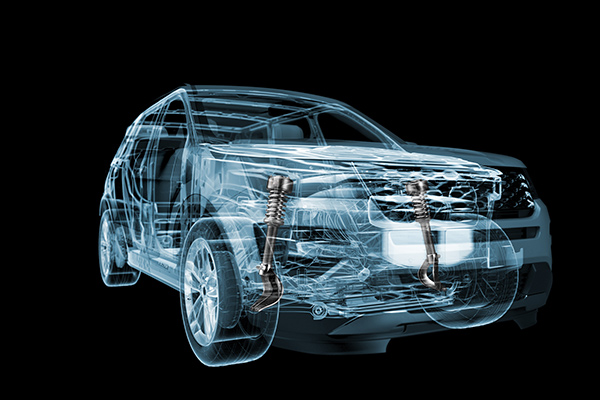
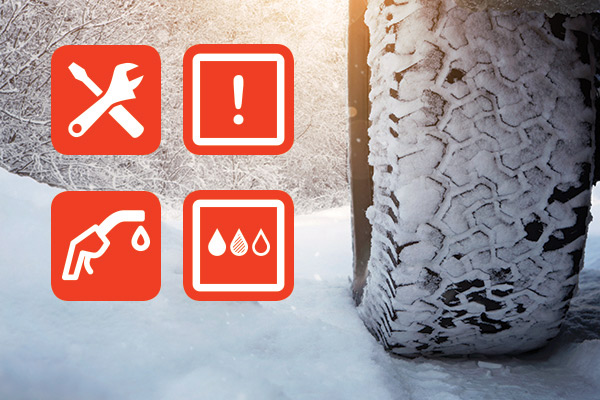
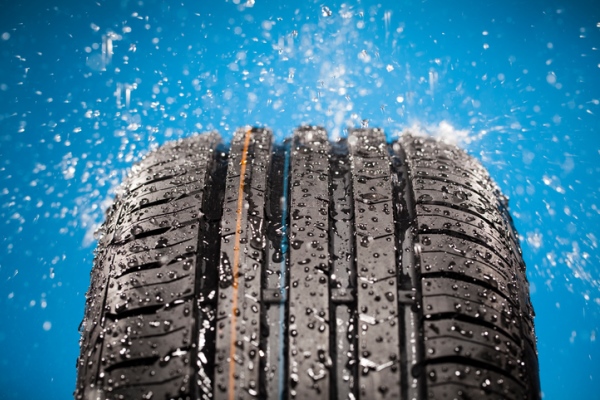

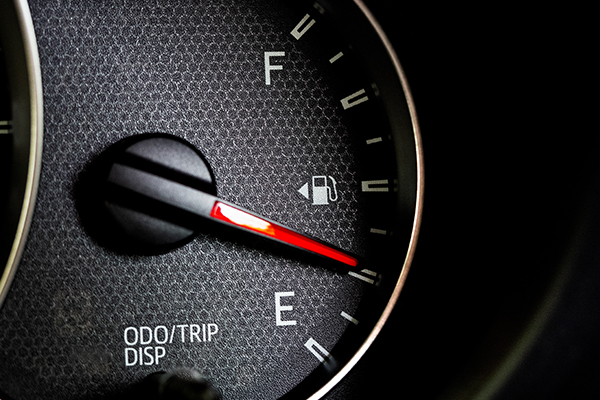
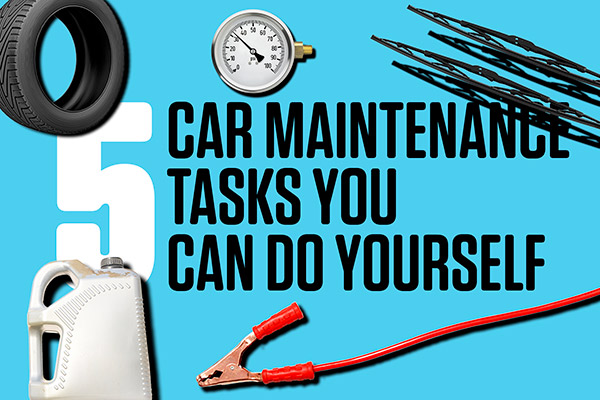
Ed says,
My tires were really loud all the time. There was very little thread on the inside of the rear tires. That is why they were so noisy. Also look for cracks on the sidewalls. Tires should not have cracks.
Lee says,
Thank you for providing this VALUABLE information to your customers. If you have this info in booklet form, I would be interested in receiving a copy.
Jennifer says,
I just had my tires rotated & balanced they told me to do this every 6,000 miles! I don’t think that’s correct. Seems to long it am I wrong?
Michael says,
As a rule, whether it’s needed or not, for my own peace of mind, I rotate the tires when I change the oil. Takes the guesswork out of it too
John says,
I have run flats what do I do to check them . The same test are they better and safer than regular tires.
Jennifer says,
What brand of tires are those and for what kinda vehicle do you have?
Donna Gides says,
Awesome information, appreciate receiving the notices
Gloria Austin Price says,
Thank you for this information, it was very helpful
R. Kalapp says,
When my mechanic tells its time for new tires!
Dorothea says,
THANKS for the advice. I was told when the car vibrates it’s a sign to change all fluids, is this true
Jude says,
No ,it sound like a tire or suspension issue.start off with properly inflating tires,balancing tires would be next,rotate tires while you are at it ,aligning wheel would be next ,if that does not do it have your shock or struts checked out..hope this helps you out.
Sandra Lampkins says,
No
madi says,
Why?
Fred says,
No way. Most likely wheels need balancing or front end parts are wornn
Kody Loveless says,
Thanks for the advice. I had no clue that warmer weather could cause my tire to wear out faster when underinflated. I am heading out on a road trip to my sister house this weekend. I will have my husband check the tires for me before we leave. I do not want to replace my tires sooner than normally needed.
Mona Moise says,
Thank you for the information, really good to know.
rob barendse says,
tires also have a “manufactured date” on them if you know how to read it. any tire over four or five years old should be discarded. sometimes those “new” tires you just bought are in fact “old stock” and could already be several years old. tires deteriorate just sitting at the dealer’s so don’t be duped by how new they look. buyer beware! ask the dealer to point out the manufacture date to you before buying your next tires! happy trails!
Sandra Lampkins says,
Never thought about tires manufacturing dates. Thanks for the heads up
Jean Franklino says,
I like all the valuable information. I have learned so many great things that I can do to keep my car in good condition and keep me and other people safe. Thank you
Cheryl says,
Dealership said I needed new tires. 2 of the tires are at a “3” & 2 of them are at a “4”.
Not sure at what number tires need to be replaced. Can you tell me the severity of what these numbers mean (?)
Thank You.
Phil B says,
I believe they refer to the # of centimeters or millimeters left on the tread. The lower the # the less tread you have left. 3 is getting to the point of needing replacement, any less is in danger of not enough traction and/or hydroplaning, and more prone to flats. A trick to measure the tread yourself is to use a penny, and if the tread is thick enough when you insert the edge of the coin to the tire, the tread will reach Lincolns head. If it does not, tread is nearly worn out, beyond safe.
Wendy Cartright says,
Thank you for sharing this helpful tire information! We haven’t changed our tires in quite a while and it’s only a matter of time before they wear out completely. I have never heard of the penny trick. I will definitely give that a try.
denise Johnson says,
Very good news!!!